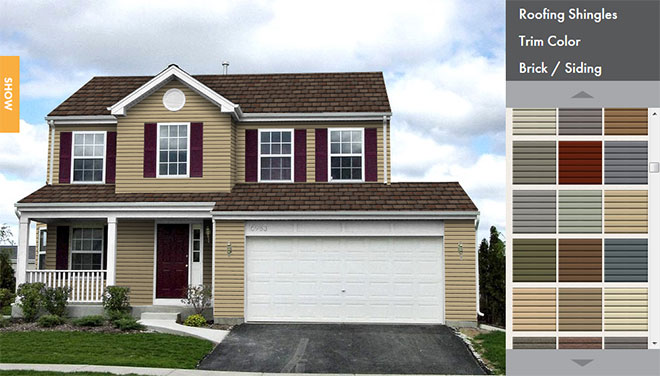Metal Roofing MN Is An Energy Efficient Option
On a building or on a home, the roof has a major impact with the absorption of heat from sunlight (Solar Radiation). The heat is either reflected into the atmosphere or absorbed through conduction into the building. Any solar radiation that is absorbed will heat the roof’s surface. The more the solar radiation is absorbed, the greater the need to find alternative means to dissipate the heat. That’s where emittance comes into play. Emissivity is measures of the roof’s ability to shed absorbed heat.
Reflective Pigment Technology
The roof’s design (type, color, elevation) will determine how the heat is reflected and absorbed heat is emitted. “Cool” coating technology focuses on reflecting solar radiation (Solar Reflectivity), and shedding what heat is absorbed away from the surface (Thermal Emittance).
Conduction – The passing of heat through a roof material into the layer in contact directly beneath the surface.
Convection – The heating of the air that passes over a hot surface.
Heat Flux – The amount of energy flowing through any surface
Cool Coatings
Coatings colored with conventional pigments tend to absorb infrared radiation. Replacing conventional pigments with “cool” pigments (absorb less infrared radiation) can yield similarly colored coatings with higher solar reflectance. Mainly, cool coatings lower roof surface temperatures, reducing the need for cooling energy in conditioned buildings and making unconditioned buildings more comfortable.
How do the “cool” pigments work

Source: Lawrence Berkley National Laboratory
Pigments provide color by absorbing and reflecting different parts of the sun’s wavelength spectrum based on their chemistry. Color pigments selectively absorb visible light, and what light it reflects appears to the human eye as color. Pigments also have IR characteristics. While nearly 40% of the sun’s energy occurs in the visible light range (400 to 700 nm), more than 50% of the sun’s energy is in the non-visible infrared region (700-2500nm). It’s infrared (IR) that is largely responsible for heat build-up.
Reduce Energy Costs With A Metal Roof
There are two types of pigments used in coatings: organic and inorganic. Organic pigments offer very vivid and bright colors but are generally not as lightfast and opaque as inorganic pigments. It is the inorganic pigments that are used for applications that are warranted against color change from sunlight and the elements. For the most demanding applications, like metal roofing, a special group of inorganic pigments known as Complex Inorganic Color Pigments (CICP) are used. Certain pigments within this group exhibit high IR-reflectivity for a given visible color.
 Source: Shepherd Color Company
Source: Shepherd Color Company
Reflecting pigments have been designed to reflect infrared light while still absorbing the same amount of visible light. If the pigment has low infrared absorption, then it’s “cool”. Conversely, a pigment with high infrared absorption is “hot.”
Are You Considering A Metal Roof?
When it comes to style, design and colors, have no fear because residential metal roofing provides you with many great stylish choices. When considering a re-roofing project or even roofing a house or commercial structure for the first time, metal roof shingles are a great choice for a variety of reasons. A Minnesota Metal Roofing Contractor will surely be able to help you discuss them further with you to create a personalized look for your new roof.


 Click Here
Click Here Click Here To Use
Click Here To Use